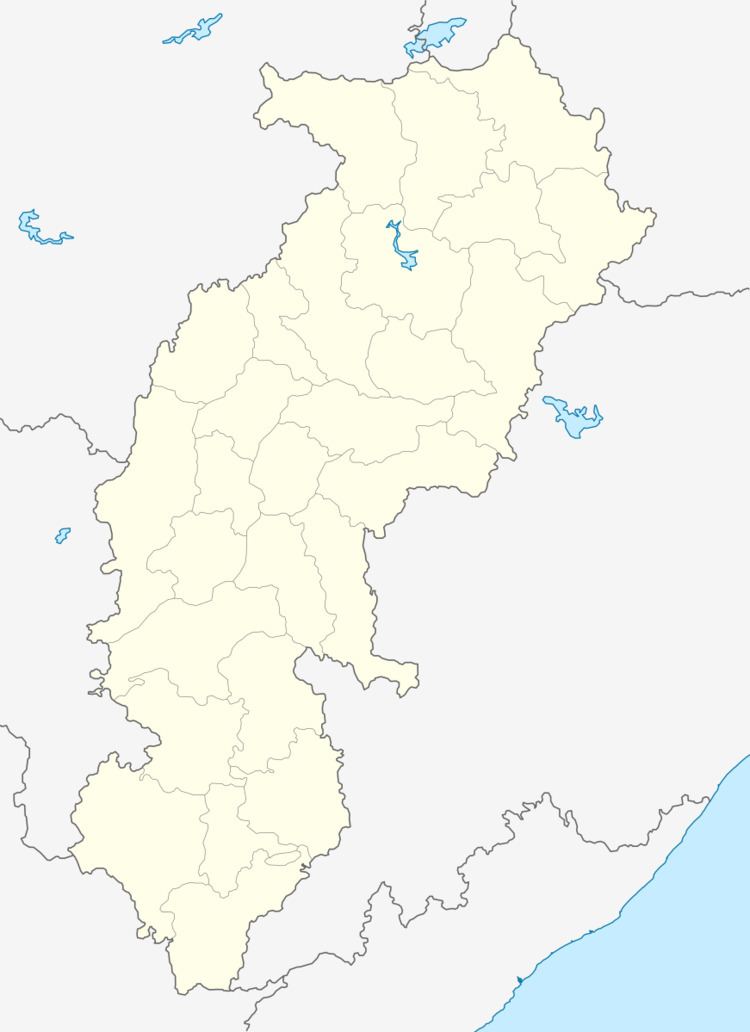Established 1981 | Area 466.7 km² | |
 | ||
Hours Closed now Tuesday10AM–5PMWednesday10AM–5PMThursday10AM–5PMFriday10AM–5PMSaturday10AM–5PMSunday10AM–5PMMonday10AM–5PMSuggest an edit | ||
The Sanjay National Park is located in the districts of Sidhi and Singrauli in the State of Madhya Pradesh, India. It is a part of the Sanjay-Dubri Tiger Reserve, and the park covers 466.7 km2. It is located in the Narmada Valley dry deciduous forests' ecoregion.
Contents
Flora
The national park is mostly composed of Sal forests.
Fauna
The Bengal tiger, Indian leopard, Spotted deer, Sambar deer, wild boar, Nilgai, Chinkara, Civet, Porcupine, Monitor lizard, and 309 species of birds are found here. Among the many birds here are the Golden Hooded Oriole, Racket-tailed Drongo, Indian pitta, Rufous treepie, Lesser adjutant, Red-headed vulture, Cenareous vulture, White-rumped vulture, Egyptian vulture and Nightjar.
Sanjay-Dubri Tiger Reserve
All of Sanjay Reserve had been in Madhya Pradesh, before Chhattisgarh was carved out of it in 2000. A large part of the area then went to Chhattisgarh, and this forest area, with an area of 1440 km2 was renamed as "Guru Ghasidas National Park," by the Government of Chhattisgarh.
Chhattisgarh
The National Park here is named after Guru Ghasidas. It shared five tigers with Madhya Pradesh in 2010. In addition, considering that what used to be Surguja State is now part of Chhattisgarh, and that the state has a district called 'Koriya', this overall area would have been the last known territory of the Asiatic cheetah in India.
Madhya Pradesh
The Tiger Reserve comprises Sanjay National Park and the Dubri Wildlife Sanctuary, both of which cover more than 831 km2, and are located in Sidhi District. The area, with its large size and rich biodiversity, is well-known. It has Sal, Bamboo and mixed forests.
According to an official census of Madhya Pradesh carried out in 2004, Sanjay National Park had six tigers. Eventually, however, no tiger was sighted there, between October 2008 and May 2009.
